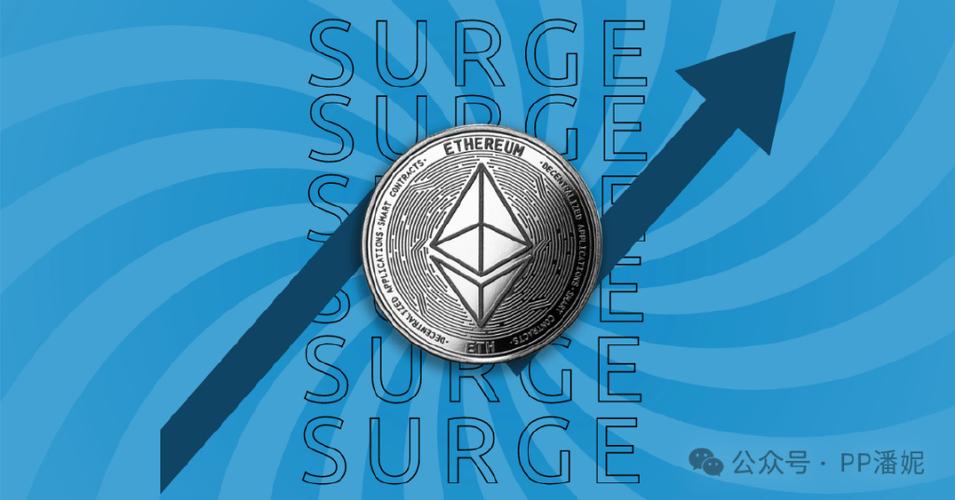
Does Ethereum Become Ethereum 2.0?
Ethereum, the second-largest cryptocurrency by market capitalization, has been a cornerstone of the blockchain industry since its inception in 2015. As the world of blockchain technology continues to evolve, Ethereum is on the cusp of a significant upgrade known as Ethereum 2.0. This article delves into the details of this transformation, exploring the reasons behind the upgrade, its potential impact, and what it means for Ethereum’s future.
Understanding the Need for Ethereum 2.0
Since its launch, Ethereum has faced several challenges, primarily related to scalability and sustainability. The network has struggled to handle a high volume of transactions, leading to network congestion and high transaction fees. Additionally, the proof-of-work (PoW) consensus mechanism used by Ethereum consumes a significant amount of energy, raising concerns about its environmental impact.

These challenges have prompted the Ethereum community to explore a new direction, leading to the development of Ethereum 2.0. The upgrade aims to address the scalability and sustainability issues by transitioning to a proof-of-stake (PoS) consensus mechanism and implementing sharding.
The Transition to Proof-of-Stake
Ethereum 2.0’s transition to PoS is one of its most significant changes. Under the current PoW mechanism, miners compete to solve complex mathematical puzzles to validate transactions and secure the network. This process requires a substantial amount of computational power and energy consumption.
In contrast, PoS allows validators to be chosen based on the number of tokens they hold and are willing to “stake” as collateral. Validators are then responsible for validating transactions and securing the network. This mechanism is more energy-efficient and reduces the risk of centralization, as anyone with enough tokens can become a validator.
Implementing Sharding
Sharding is another crucial aspect of Ethereum 2.0. It involves dividing the Ethereum network into smaller, more manageable pieces called “shards.” Each shard will process transactions independently, allowing the network to handle a higher volume of transactions without compromising on security.
Sharding is expected to significantly improve Ethereum’s scalability, as it will enable the network to process more transactions per second. This will reduce network congestion and lower transaction fees, making Ethereum more accessible to a broader audience.
The Road to Ethereum 2.0
The journey to Ethereum 2.0 has been a long and complex one. The Ethereum Foundation, along with various developers and community members, have been working on the upgrade for several years. The roadmap for Ethereum 2.0 is divided into several phases, with each phase introducing new features and improvements.
The first phase, known as the “Beacon Chain,” was launched in December 2020. This phase introduced the PoS consensus mechanism and the concept of validators. The second phase, known as the “Shard Chain,” is expected to be implemented in the coming years, bringing sharding to the Ethereum network.
The Potential Impact of Ethereum 2.0
Ethereum 2.0 has the potential to revolutionize the blockchain industry. By addressing scalability and sustainability issues, Ethereum 2.0 aims to make the network more accessible and efficient. This could lead to increased adoption of Ethereum-based applications and services, further solidifying its position as a leading blockchain platform.
Moreover, the transition to PoS and sharding could have broader implications for the entire cryptocurrency ecosystem. Other blockchain projects may also explore similar upgrades to improve their networks’ performance and sustainability.
Conclusion
Ethereum 2.0 represents a significant step forward for the Ethereum network. By addressing scalability and sustainability issues, Ethereum 2.0 aims to make the network more accessible and efficient. As the world of blockchain technology continues to evolve, Ethereum 2.0 could play a crucial role in shaping the future of the industry.
| Phase | Description | Launch Date |
|---|---|---|
| Beacon Chain | Introduction of PoS and validators | December 2020 |
| Shard Chain | Implementation of sharding | Expected in the coming years |




